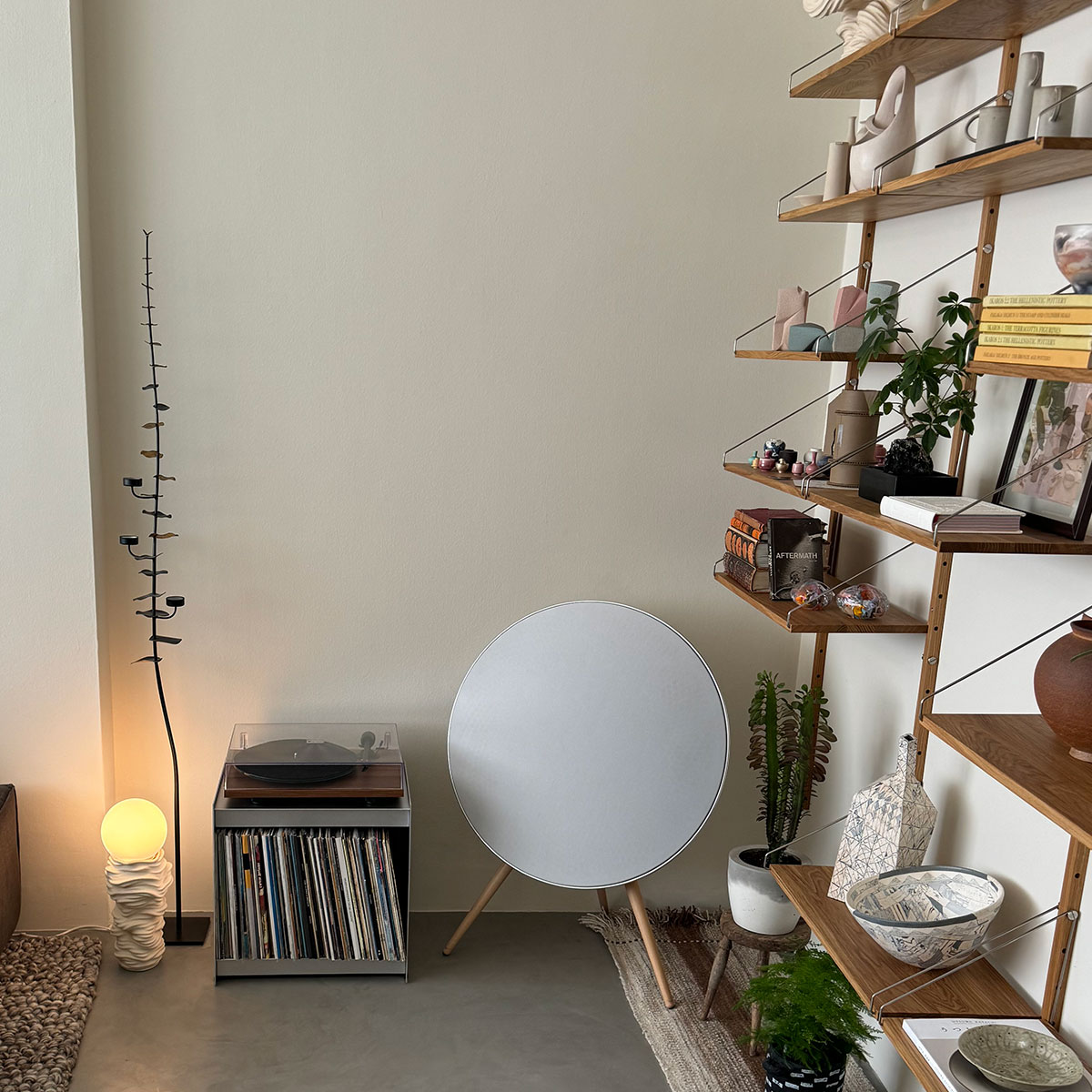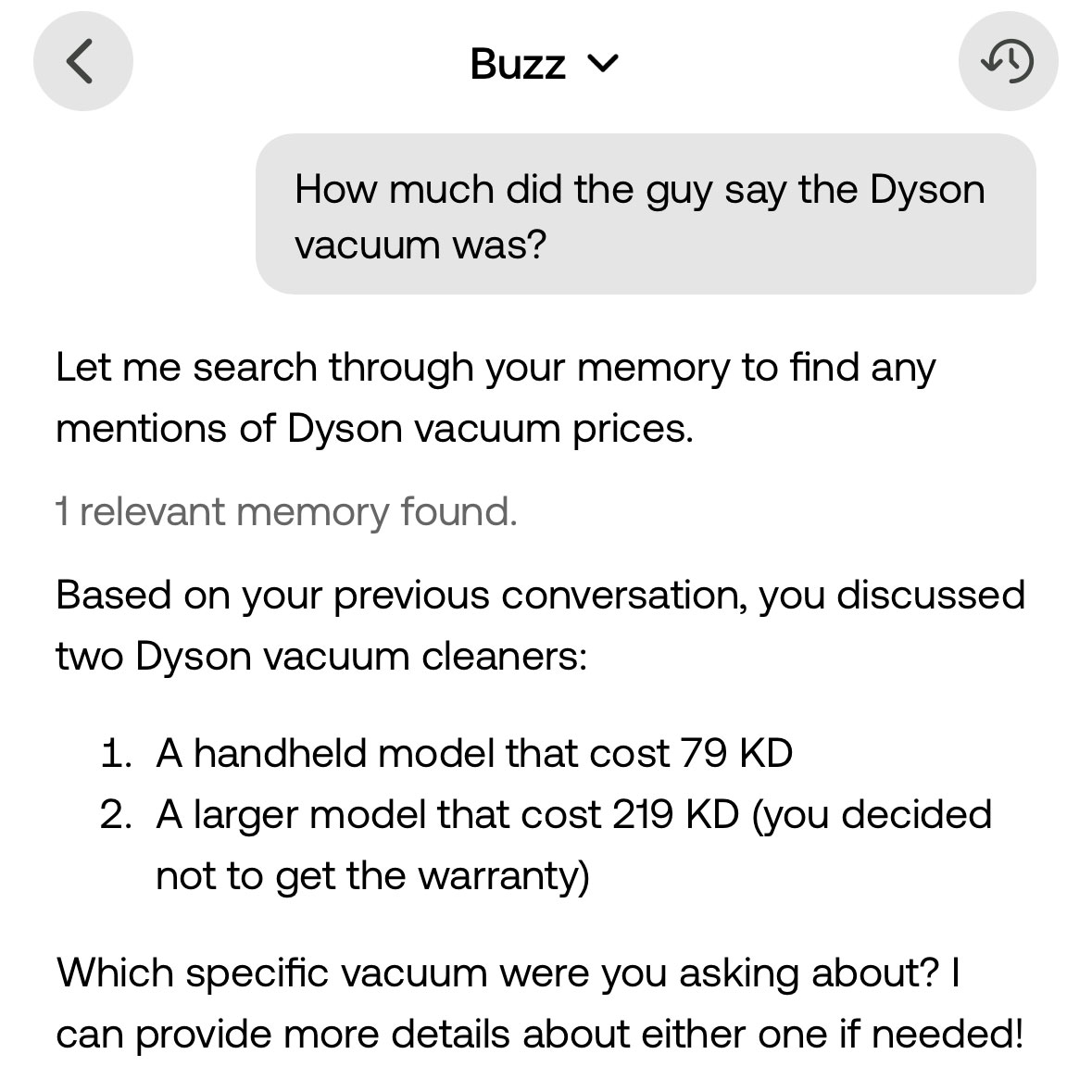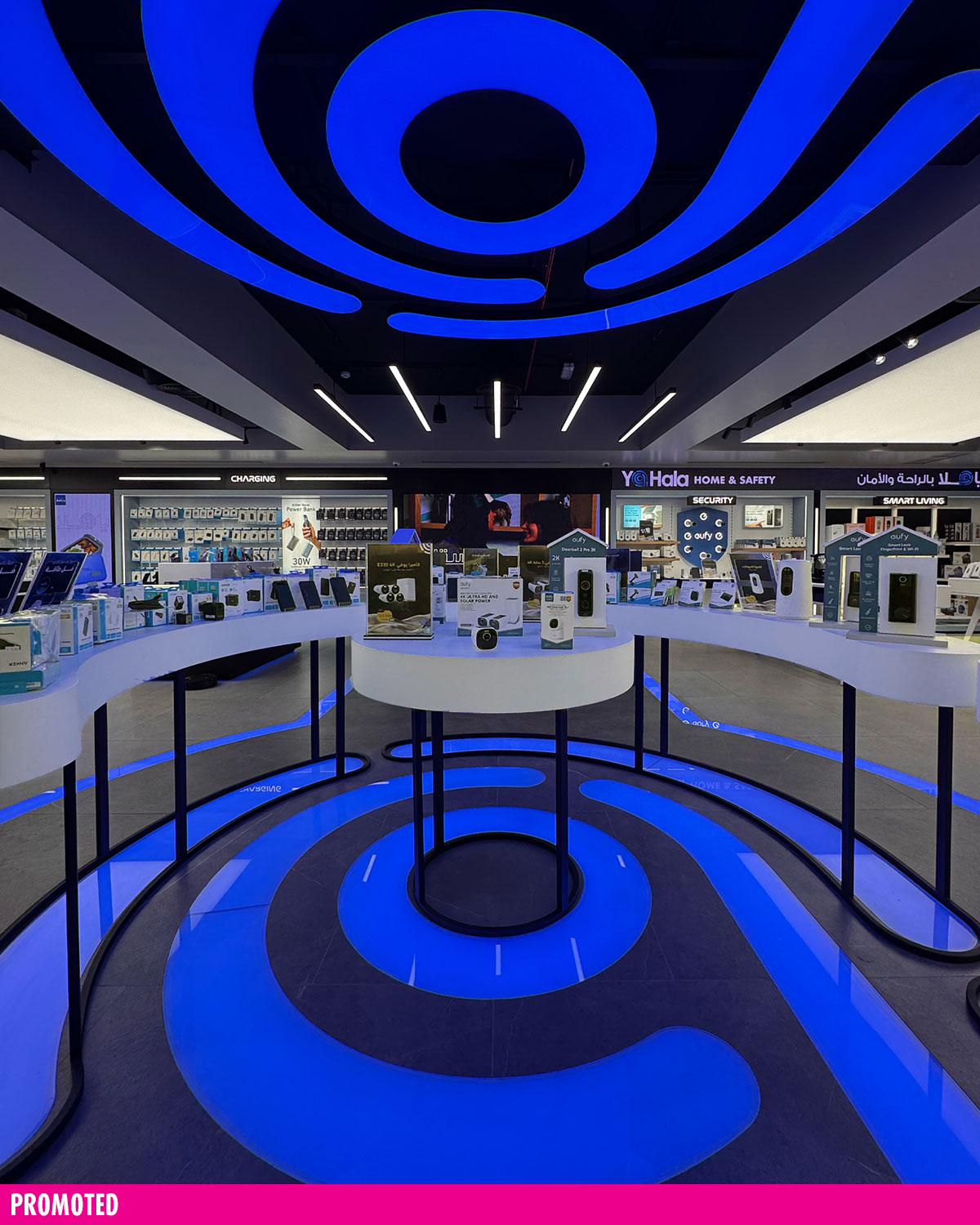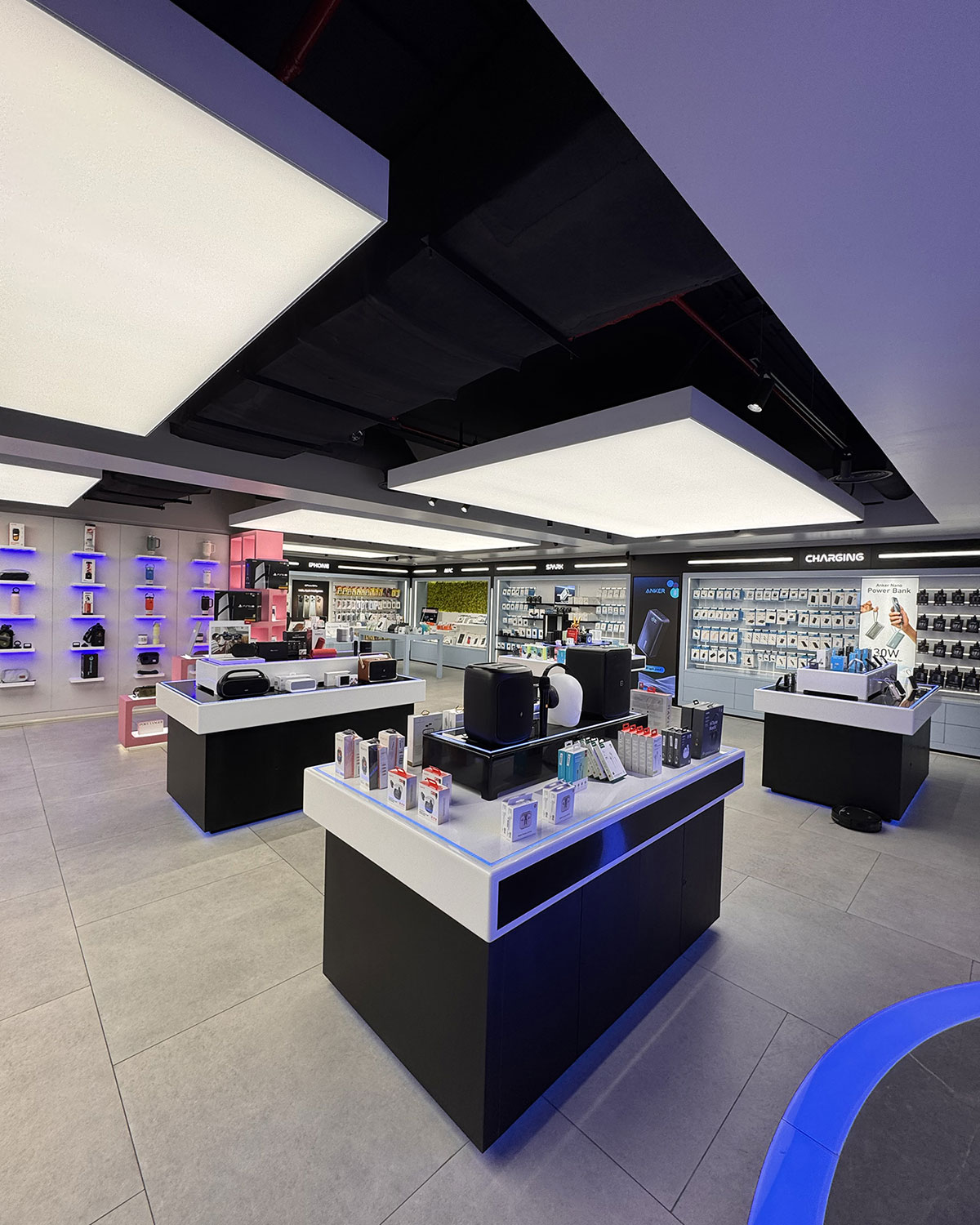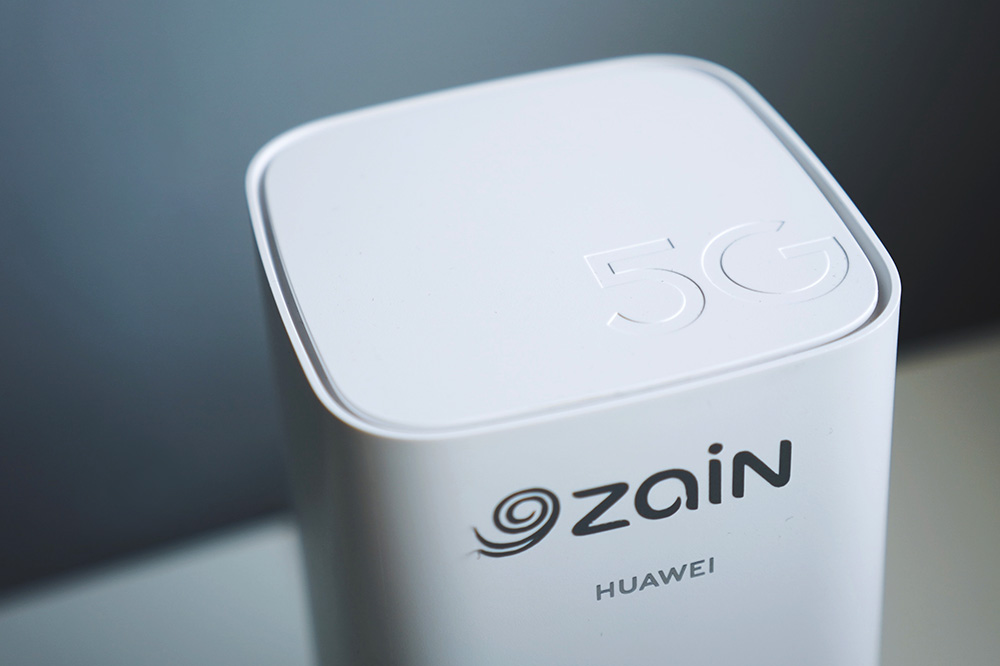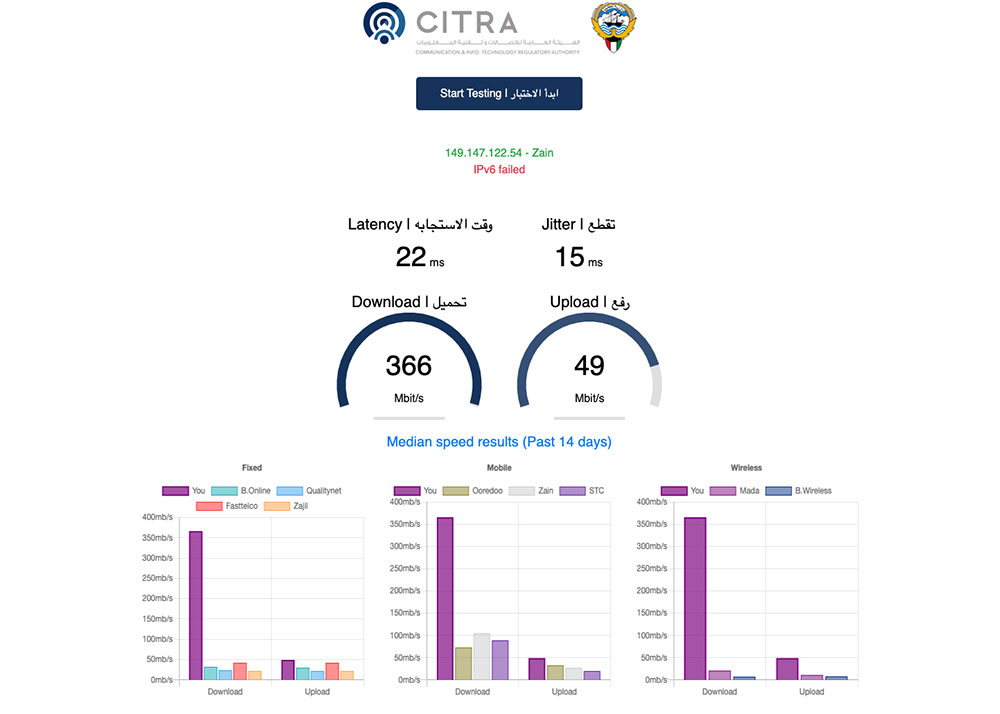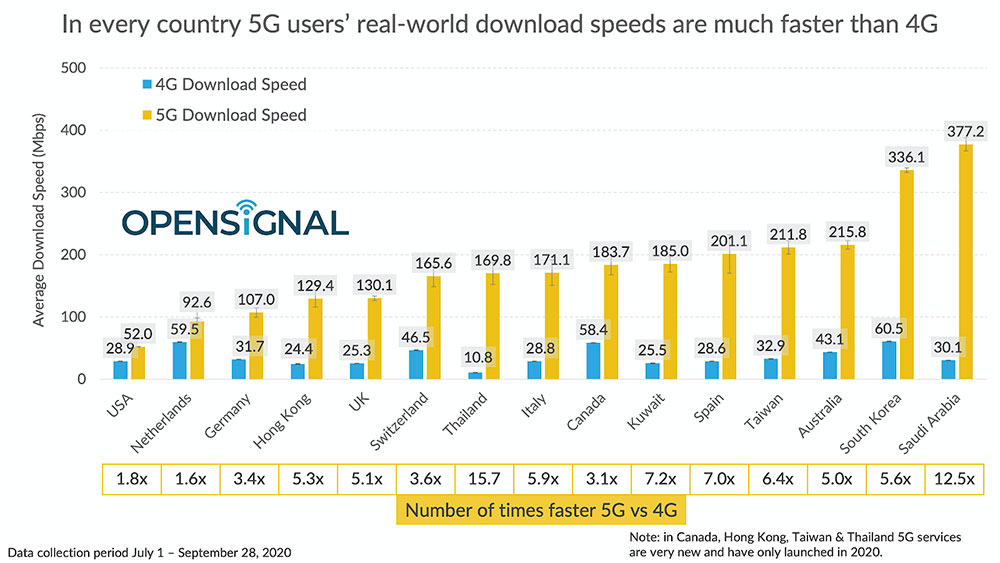
A few weeks ago I ordered a new turntable (Fluance RT81) from Amazon since the one I had was from the 60s and sounded great when playing old stuff, but not so great with newer music. Once the record player arrived I decided I’d look for a new pair of speakers that I would just use with it. I ended up passing by Xcite and narrowing down my options to the KEF LSX and The Sixes by Klipsch. Both sounded great, The Sixes looked retro which matched well with my player but they were also fairly big and bulky. The KEF were a perfect size, but they didn’t have the retro look of The Sixes which I liked. In the end, I decided not to buy either one because the KEF cost KD340 and the Klipsch KD240. I already had my B&O Beolit 15 speaker which I wasn’t using, so I decided to connect that to the turntable instead and save myself some money.
No bullshit, a few days later I log into Reddit from my browser and noticed someone had sent me a direct message with the chat feature. I check Reddit from my phone daily but the app I use doesn’t support chat and so I didn’t know someone had tried contacting me. The message was two weeks old from someone at Xcite asking me if I’d be interested in reviewing the KEF LSX. I right away replied back with my phone number hoping I wasn’t too late. A few days later I headed to Xcite to pick up the speakers to review.
Full disclosure, I have a long-standing relationship with Xcite who provided me with this speaker to keep. They’ve been very supportive of the blog from the very early days and they’ve lent or given me a number of items over the years to review, as well as hooking me up with discounts. I’m a huge Xcite fan.

The KEF’s turned out to be a perfect size for my turntable. They don’t overpower it and although they don’t look retro, they did fit in looking very cool on my cabinet. The speakers come in five different colors but I opted for black since it would match my space better. All the colors are clad in a fabric made by the Danish contemporary textile designer, Kvadrat so the speakers look and feel very premium (they’re also pretty heavy).

Each one of the KEF speakers has it’s own built-in amplifier so I had to connect each speaker to a separate power outlet. The reason for this is the speakers can be used wirelessly and placed in different areas around the room so they each need their own power supply. The KEF has four sources of input, Bluetooth, WiFi, optical input and a 3.5mm auxiliary input. I connected the record player through the auxiliary input and as soon as I played one of my records I was completely blown away. I didn’t think records could sound so good or clear, that partially had to do with the fact I had previously been listening to records with my vintage record player but it also had to do with the fact how good these speakers sounded. For their small size, the speakers were crystal clear and fairly loud. I could hear so many different layers of instruments and even at max volume, they never distorted or sounded muddy. In fact, the speakers sounded so good I started researching KEF speakers for my home theater.
For those of you who are interested in wirelessly connecting to the speakers, other than Bluetooth they support Airplay 2 and have Spotify and Tidal built-in. Although I’m using it with an analog connection to my record player, I do have the speakers connected to my WiFi network so I could connect to it with the KEF app. The KEF app allows you to manage all the settings of the speaker including the volume control, input port as well as various detailed sound options.

Speaking of the volume control, there are some downsides to these speakers with the main one for me being the lack of a physical volume knob. The only way to lower or raise the volume is with the included remote control or through the KEF app. I guess that’s practical if you don’t want to get off the couch, but with my vinyl player I tend to spend a lot of time up next to it swapping records and flipping them over, so I want to be able to reach out and raise or lower the volume without having to pick up the remote. The other negative is the lack of deep bass. Although most reviewers online state the unit has good bass, that really depends on the music you listen to. I wouldn’t listen to electronic music with these speakers, not unless I attach them to a subwoofer (it has a subwoofer output port). But since most of my vinyls are composed of old music from the 70s or MTV Unplugged sessions, the speakers performed really well without needing a subwoofer.
At KD340 these speakers aren’t cheap, but then again you wouldn’t be looking at KEF speakers if you wanted something cheap. The best way to really appreciate these speakers is by listening to them in a quiet environment because no matter how many YouTubers say these speakers are great, you’re not gonna know what great sounds like unless you hear them in person. Personally, I think these speakers sound incredible, so much so that I’ve been trying to figure out how to make more use of them since I don’t use my turntable a lot and I really want to listen to these speakers more.
If you’d like to hear the speakers, they’re on display at the large Xcite in Avenues and their Al-Rai location. The speakers are also available on their website.
